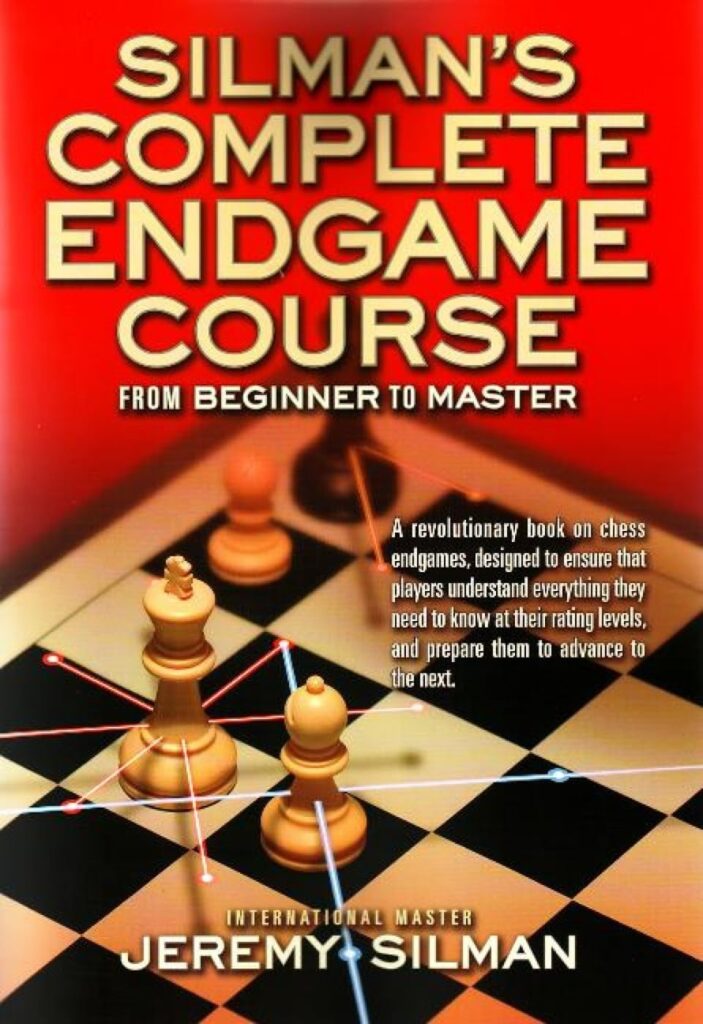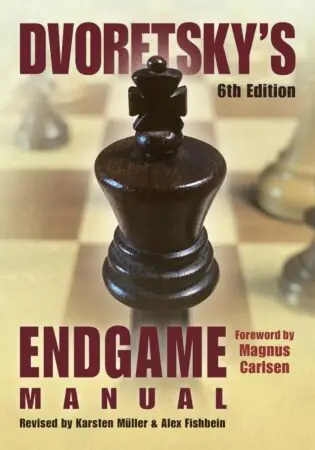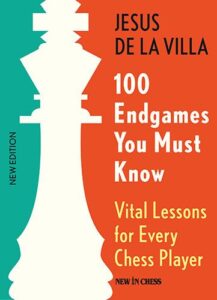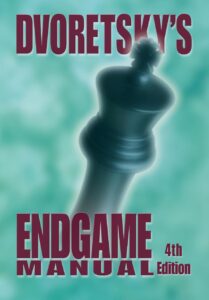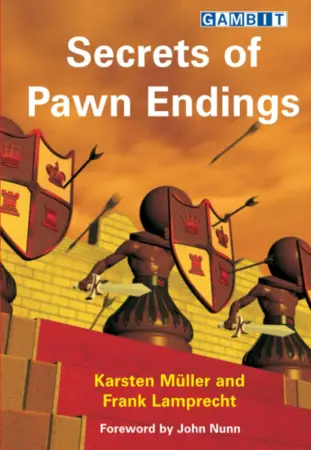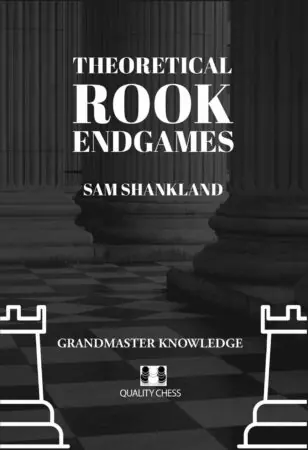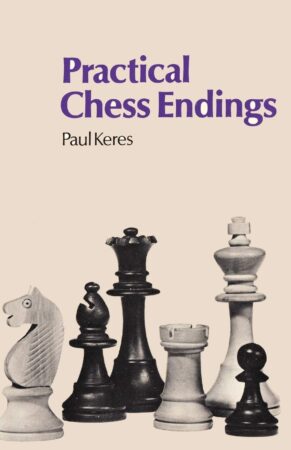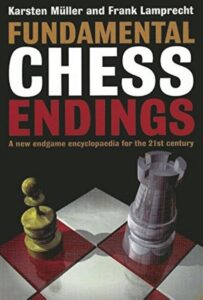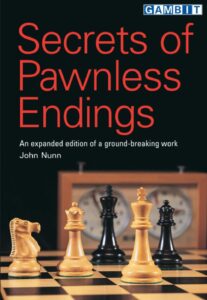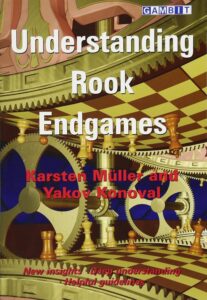There is a very well known chess saying: If you want to get better at chess, study endgames. I guess it is even more true in the era of modern chess where the games are never adjourned and endgames are very often played in time trouble or with little time on the clock. And yet, many chess players find working on the endgames very boring or simply navigate very hard or very slowly through the majority of endgame books.
Silman’s Complete Endgame Course is a book that indeed tries to bring endgame knowledge to the reader in a new and revolutionary way. It doesn’t contain chapters about pawn endgames, rook endgames etc. The book is divided into eight parts or sections according to the player’s overall chess strength. In each section the reader can find certain endgames which the author thinks are appropriate for the level. One could argue that such layout is quite subjective, but I personally think that most of the endgame themes are correctly placed where they belong. The book literally starts with how to mate the lone king with the rook and the queen.
In the sections you can find basic theoretical endgames, but there are also general endgame themes which is also something I really like a lot about this book. Theoretical endgames are very clearly and well explained with a lot of side variations and useful advice in order to fully understand positions in question. There is also the 9th and final part of the book in which you can find endgames of some of the best endgame players in chess history (Lasker, Rubenstein, Capablanca, Smyslov, Fischer).
As you progress through the book, the author slowly takes you to more complex endgames using the Flowchart method. The method solves and analyses seemingly difficult positions by using your previous basic endgame knowledge. I find this approach very useful and it also gives you the opportunity to recap the material that was covered earlier in the book.
To conclude, this is an amazing endgame book. Players of very different chess strength can heavily benefit from reading and learning its content. Total beginners, amateur players, club players and even stronger players like CMs and FMs will all find interesting material in the book. It is very clearly organized, so you can both, easily skip sections and end endgames you already know, and stay away from endgame themes that may seem too difficult for your level for the time being. While this is not the only endgame book you will ever need, it is definitely the one that should find its place on the shelves of every home chess library.

